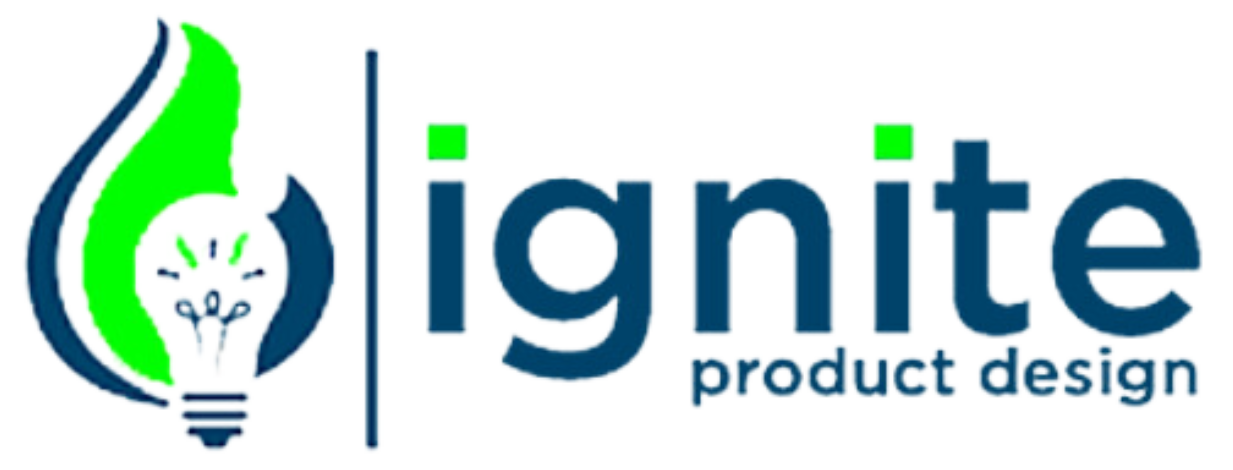Our website does not use cookies to collect or track your data. We do not share your information without your permission.
Product Design & Development Phases
Product development is not done in steps or stages. It is done in Phases.
A Phase can be customized or reordered according to the needs of the project and the client.
No two projects are exactly alike, so we have created the Phased approach. Below are the Phases.
Phase Zero:
Concept Research
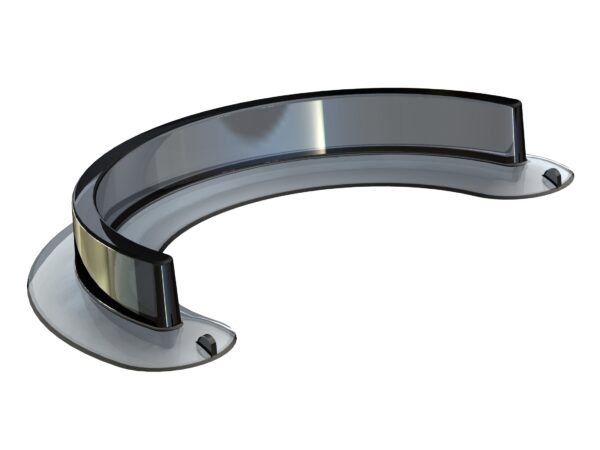
Some projects are too vaguely defined to begin engineering concept effort. We created a Phase Zero to help our clients do some research on what is feasible regarding their invention idea. We find this is an efficient use for time for those undefined projects. Not all projects need this phase.
In cases of vaguely defined concepts it may be beneficial to perform research studies before estimating further phases. This can be extremely worthwhile as the benefits offer a more complete technical definition influencing subsequent estimates. The goal of Phase 0 is to define the scope of work in order to provide a more accurate estimate of future phases. This phase may not be necessary with some projects.
A loosely defined project needs research to back up the varying concepts. We offer a Phase-Zero to help you better define what it is you are looking for and what problem you might be trying to solve. Some projects don’t need a Phase-Zero depending on how strong the client’s vision may be. Some of the things we can do under this phase is research of existing products and patents, some top level concept recommendations which vision may be more efficient once it gets to manufacturing, and some overall coaching how best to pursue your vision.
This phase can be extremely useful in better defining the subsequent phases and providing more accurate estimates going forward. Here we want to get a grasp on the scope of work so that we can point you in the best direction. We can do just a Phase-Zero estimate and once Phase-Zero is complete we can revise the estimate to include future phases.
Phase One:
Concept Trade-Offs
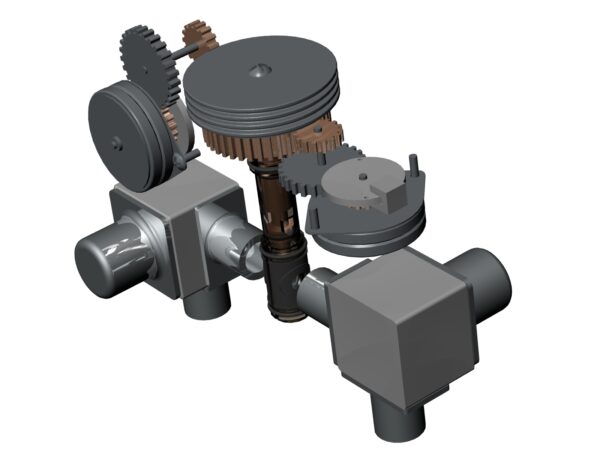
This is the start of the real effort contributing to your end product design. Trading off the concepts. Beginning the patent process.
Phase Two:
Concept Maturation
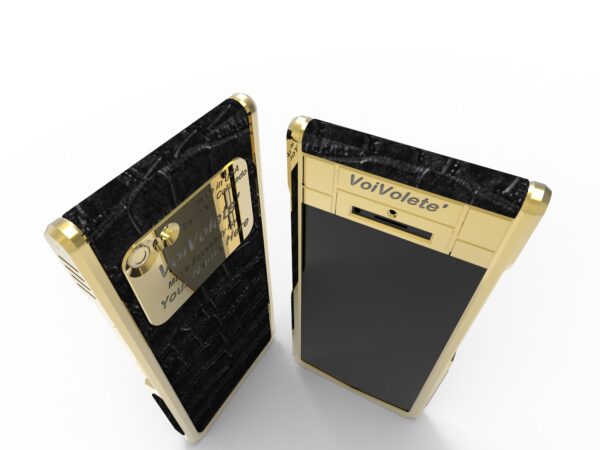
Now that we have several viable concepts, we must choose just one to pursue. In this phase we may create some conceptual CAD models or schematic diagrams so that we can start seeing what issues might crop up with one concept or another. From this we choose the best concept from Phase One to move forward.
Now that we have laid out some concept options it is time to pick the best one and start working on that one in more detail. Now is the best and last chance to easily alter the overall concept because we are otherwise ready to rock and roll! Here we will get into greater detail of the concept with a deeper understanding of the technical challenges ahead.
Once we complete this phase we know exactly what we are designing, what the challenges will be to overcome, and will be able to much more accurately estimate the costs going forward.
During this phase, the preferred concept(s) from Phase 1 will be further explored and evaluated. This phase may include more in-depth CAD modeling, sketches, and/or diagrams in order to better understand the challenges of the preferred concept(s).
The goal of Phase-2 is to predict which concept has the best path to success including the recognition of design features that may present challenges going forward.
Phase Three:
Detailed Engineering Design
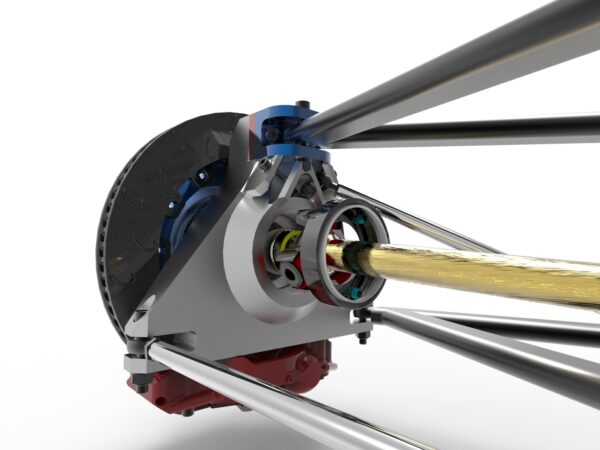
This is the bulk of the engineering effort. We take the best concept from previous phases and create the detail product design. Detailed CAD models are created and matured by your experienced engineering team. The hard core engineering phase. Working with patent lawyers.
We have a well defined concept from the previous phases. This is the real meat of any new product development. Engineering will create detailed CAD models, resolving as many technical challenges as can be resolved prior to physical prototyping. This is the most labor intensive phase of any new product development.
Your engineering package that we produce will be sufficient to manufacture some initial prototypes in the next phase. It is routine to come back to this phase after prototypes are made, considering just how much is learned in the prototype process.
This is also the point at which there is sufficient knowledge to apply for any provisional or even final utility or design patents, trademarks, and to protect your intellectual property.
The goal of Phase-3 is to create engineering sufficient for initial prototype manufacture by any manufacturer capable of producing such products.
Phase Four:
Prototypes And Testing
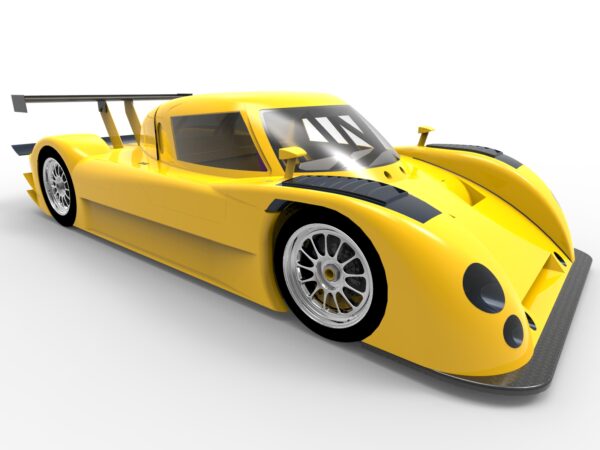
Here is where we get our hands on the real thing, if only in prototype form. Prototypes are an essential element of any properly developed invention. Here we build and evaluate one or more prototypes, make corrections as desired, and prototype again until it’s perfected. An iterative process with Phase Three.
Prototypes are a valuable and efficient way of evaluating the overall concept as well as the engineering to this point. A working prototype is required for all crowdfunding platforms! Once you get your hands on the first prototype you will think of many more things you want to adjust. A prototype is also useful to show potential investors what you have in mind. It’s easier to judge the product if you have it in your hands rather than looking at CAD models and renderings. It is common to decide the prototype needs changes based on the way it feels or functions. In this case we go back to Phase Three to rework whatever is desired. So Phase four and Phase three are an iterative process.
Neither cost to manufacture prototypes nor labor required for prototype assembly is included in our estimate, as such costs are impossible to predict before Phase 3 is completed. Estimated labor costs of Phase 4 is for evaluation of completed prototype assemblies only. Prototypes often require additional engineering solutions and subsequent prototypes.
Phase Five:
Design For Manufacturing
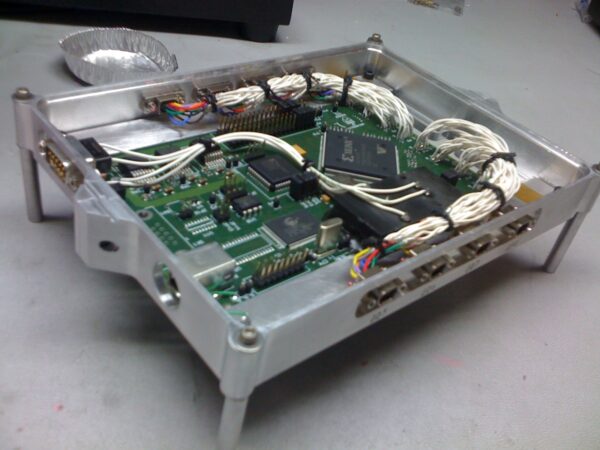
Now your product design is ready to be optimized for production. Here we design for manufacturing and ease of assembly. These are essential long term costs savings for any high volume production invention or new product.
Commonly referred to as DFM. All products must go through a DFM stage to ensure that the long term manufacturing costs will be minimal which will then maximize your profits! This is a long term payoff that reduces tooling costs, per part costs, and labor to assemble. It requires us to work with high volume production companies to understand their particular preferred processes, then adjusting the design to take the best advantage of their preferences to make your parts.
This is also the time to get ready to market your product.
The goal of Phase-5 is to create a final engineering package sufficient for production manufacturing of the product by a manufacturer properly skilled in the craft.
This is also the time to get ready to market your product. We can connect you with Independent Providers you will need to take your product past the engineering phases. From website design, crowdfunding assistance, success coaching, Google Ads, SEO, Branding and Graphic Design, Logos, Video Production, Social Media marketing, and more.
